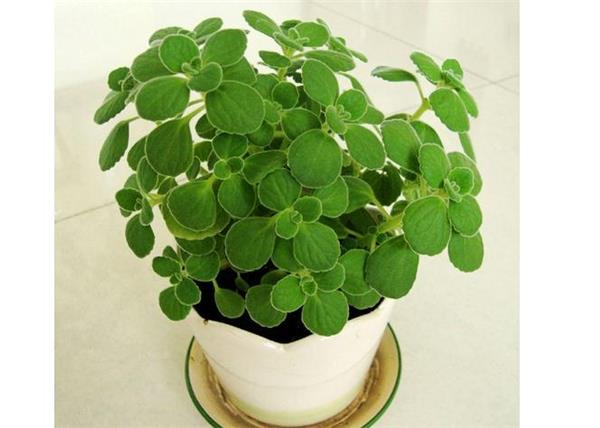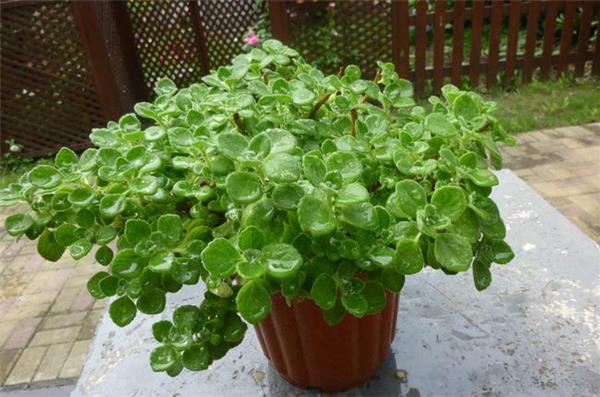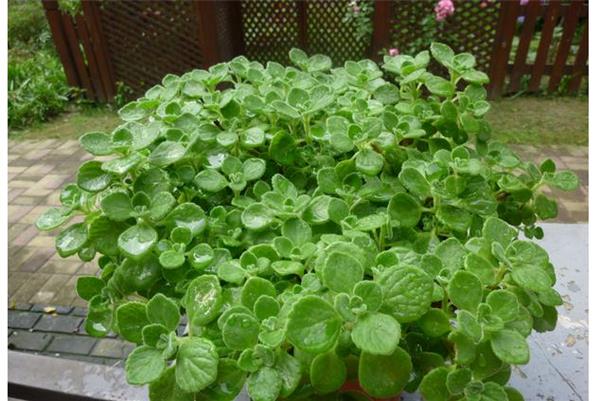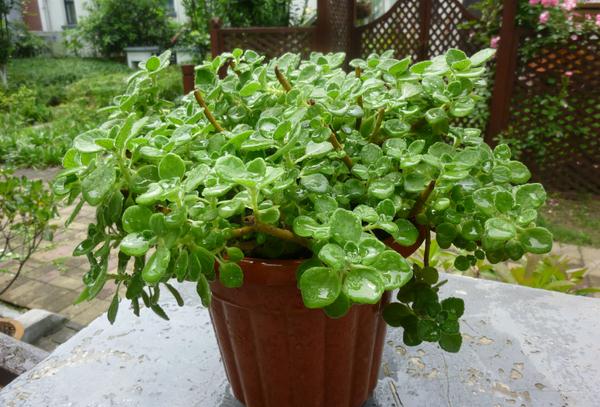What are the breeding methods and matters needing attention of touching incense?
Many friends do not have a special understanding of the breeding method of touching incense, and there are always some problems in the process of breeding. So, how should touch incense be raised? Today, let's give you a brief introduction. Let's take a look at it.

The introduction of bumping incense
Touch incense is a plant of spurs in Labiatae, and the laudatory name comes from its unique fragrance after touching. Similar to mimosa at this point, it can respond to the outside world. The smell of touch incense is similar to that of apple, so it is also called "apple fragrance".
The biggest use of touch incense is that its fragrance can refresh people, and placing it indoors can make the room full of aroma, and the leaves of touch incense can make tea and wine, making the wine more mellow and tea more full-bodied. In summer, touching incense can also have the effect of repelling mosquitoes and relieving heat.
Is touching incense poisonous?
This is an issue that many people are concerned about. The leaves of touch incense can make tea and wine, which can relieve flatulence, reduce inflammation and swelling, and maintain the skin. in addition, touch incense can also be stewed or eaten raw. So touch incense is non-toxic, on the contrary, touch fragrance light smell like peppermint, can refresh the brain, heat and mosquito repellent effect.

Culture methods and matters needing attention of touching incense
1. Light and temperature
When it comes to incense, it likes sunshine, but it is also more resistant to shade. Afraid of the cold, it needs to be cultivated in the greenhouse. I can't bear to get wet. Like warmth, can not bear the cold. A temperature of 5 ℃-10 ℃ is needed in winter. When you touch incense, you like the sunny environment, the fleshy leaves will be thick under strong light, and the leaves will become flat and thin if the light is not enough.
two。 Soil
The requirements of touching incense on the soil are loose and good drainage. Because hard soil locks up moisture, and touching incense is a moisture-intolerant plant, which is one of the elements that cause rotting roots.
3. Watering
Touch incense is not resistant to moisture, but if it is too wet, it is easy to rot and die. The soil should be dry and wet, and watering and fertilization should be reduced or stopped on cloudy days. After summer, watering must be reduced, and watering must be controlled in winter. It is generally necessary to watch the leaves wilt before watering, otherwise it is easy to grow in vain.
4. Pruning
Because incense is easy to branch and grow on a horizontal surface, the plant spacing should be wide when planting in order to stretch the branches and leaves. Moderate pruning can promote branching and grow healthily.
5. Fertilization: touch incense is not resistant to fertilizer, so the frequency of fertilization can not be too frequent, generally speaking, once a month. The fertilizer applied is mainly phosphorus and potassium fertilizer, combined with a small amount of nitrogen fertilizer.

The reason for the fragrance of plants
The reason for the fragrance of the touch incense is similar to the "shy" principle of the mimosa. When its leaves are stimulated by touch, the water in the cells will act and the turgor pressure of the leaf pillow will change. Unlike mimosa, the leaves that touch incense do not contract under turgor, but the stomata inside expand, and a volatile, apple-scented substance spreads into the air through the stomata.

This is the end of the introduction of the breeding methods and matters needing attention. I believe that after reading it, we will have a certain understanding of the incense. If there are friends who want to breed meet incense, you can refer to the relevant knowledge that I introduce to you.
Related
- Wuhan Hospital Iron Tree Blooming Result Was Instantly Frightened by the Gardener Master
- Which variety of camellia is the most fragrant and best? Which one do you like best?
- What is the small blue coat, the breeding methods and matters needing attention of the succulent plant
- Dormancy time and maintenance management of succulent plants during dormancy
- Minas succulent how to raise, Minas succulent plant pictures
- What are the varieties of winter succulent plants
- How to raise succulent plants in twelve rolls? let's take a look at some experience of breeding twelve rolls.
- Attention should be paid to water control for succulent plants during dormant period (winter and summer)
- Watering experience of twelve rolls of succulent plants
- Techniques for fertilizing succulent plants. An article will let you know how to fertilize succulent plants.



